Tel Maresha (Hebrew: תל מראשה) is the tell (archaeological mound) of the biblical Iron Age city of Maresha, and of the subsequent, post-586 BCE Idumean city known by its Hellenised name Marisa, Arabised as Marissa (ماريسا). The tell is situated in Israel's Shephelah region, i.e. in the foothills of the Judaean Mountains, about 2 kilometres (1.2 mi) southeast of Beit Gubrin.
Excavations revealed that Maresha was inhabited (not necessarily continuously) during the Iron Age, the Persian period, and the Hellenistic period. John Hyrcanus of the Hasmonean dynasty seized Maresha in 113/112 BCE, leading to its decline and eventual desertion. The city faced its ultimate destruction at the hands of the Parthians in 40 BCE.
Maresha was first excavated in 1898–1900 by the British archaeologists Bliss and Macalister on behalf of the Palestine Exploration Fund and again after 1989 by Israeli archaeologist Amos Kloner on be...Read more
Tel Maresha (Hebrew: תל מראשה) is the tell (archaeological mound) of the biblical Iron Age city of Maresha, and of the subsequent, post-586 BCE Idumean city known by its Hellenised name Marisa, Arabised as Marissa (ماريسا). The tell is situated in Israel's Shephelah region, i.e. in the foothills of the Judaean Mountains, about 2 kilometres (1.2 mi) southeast of Beit Gubrin.
Excavations revealed that Maresha was inhabited (not necessarily continuously) during the Iron Age, the Persian period, and the Hellenistic period. John Hyrcanus of the Hasmonean dynasty seized Maresha in 113/112 BCE, leading to its decline and eventual desertion. The city faced its ultimate destruction at the hands of the Parthians in 40 BCE.
Maresha was first excavated in 1898–1900 by the British archaeologists Bliss and Macalister on behalf of the Palestine Exploration Fund and again after 1989 by Israeli archaeologist Amos Kloner on behalf of the Israel Antiquities Authority. Most of the artifacts of the British excavation are to be found today in the Istanbul Archaeology Museums.
This site is now protected as part of Beit Guvrin-Maresha National Park and its burial caves are recognized by UNESCO as a World Heritage Site.
Maresha was one of the cities of Judah during the time of the First Temple and is mentioned as part of the inheritance of the biblical tribe of Judah in the Book of Joshua.[1]
Later, in the second Book of Chronicles, it is named as one of King Rehoboam's fifteen fortified cities.[2] In 2 Chronicles it is the site of a battle against an invading Ethiopian army.[3]
According to the Madaba Map, Maresha was the place "whence came Micah the Prophet".[4] In the 6th century BCE, as result of Zedekiah's rebellion against the Babylonian kingdom and its king Nebuchadnezzar II, the latter occupied the Judean kingdom and sent many of its inhabitants into exile. This marked the end of Maresha as a Judahite city.
 The columbarium at Tell Maresha
The columbarium at Tell MareshaFollowing these events, Edomites who had lived east and south of the Dead Sea migrated to the area and Maresha emerged as a major Idumean city.[5] Hence, from the Persian rule and throughout the Hellenistic kingdoms' rule in the region (6th – 1st century BCE), Maresha was part of the area known as Idumea, a Hellenised form of Edom. During the period of Persian rule, Phoenician colonies were encouraged to spread out along the coastal regions of Palestine and in the adjacent hill country of Judea, whence their early settlement in Maresha took its rise.[5]
With the conquest of the region by Alexander the Great the city was settled by retired Greek soldiers as was then custom. Thus Maresha reached its zenith, developing as a Hellenistic city encompassing a multitude of Greek and oriental cultures including Sidonians and Nabataeans. With the advent of Hellenisation, the settlement pattern changed, as most everywhere in the region, and the city expanded far beyond the constraints of the fortified, raised tell or mound of Iron Age Maresha. Maresha became the center of an administrative district in the Ptolemaic empire, while from 200 BCE onward the center of a Seleucid administrative district.[5]
Decline and fall Tel Maresha
Tel MareshaThe city began its decline during the Maccabean Revolt against the Seleucid Empire (2nd century BCE) when the city was used as base to combat the rebels.[6] The Book of Maccabees reports that Judas Maccabeus and his forces marched through Marisa in around 163/2 BCE when the city was burnt during Judas' conquest of the Idumaean region,[7][8] from Hebron to Azotus (Ashdod).[9]
Following the rebellion and its success, John Hyrcanus conquered the city in c. 112 BCE, forcibly converting its inhabitants to Judaism.[10][5]
In 63 BCE, as part of the arrangements made by Pompey in the region, Maresha, along with all of Edom, was separated from the Jewish kingdom and returned to Idumea. In 47 BCE Julius Caesar then annexed the city to Judea.[11]
Maresha was finally destroyed in 40 BCE by the Parthians as part of the power struggle between Antigonus of the Hasmoneans who had sought their aid and Herod, who was a son of the converted Antipater the Idumaean and was being supported by the Romans.
After Maresha: Beth Gabra/EleutheropolisAfter the demise of Maresha, the neighbouring Idumean/Jewish town of Beth Gabra or Beit Guvrin succeeded it as the main settlement in the area.[12] Shaken by two successive and disastrous Jewish revolts against Roman rule in the 1st and 2nd centuries, the town recovered its importance only at the beginning of the 3rd century when it was re-established as a Roman city under the new name of Eleutheropolis. By the time of Eusebius of Caesarea (d. 340 CE), Maresha itself was already a deserted place: he mentions the city in his Onomasticon, saying that it was at a distance of "two milestones from Eleutheropolis".
Modern eraThe Palestinian Arab village Bayt Jibrin, standing on the site of ancient Eleutheropolis, was depopulated during the 1948 Arab-Israeli war. In 1949 Kibbutz Beit Guvrin was established on part of Bayt Jibrin's lands. Most of the archaeologically important areas of ancient Maresha and Beit Guvrin/Eleutheropolis are now part of the Beit Guvrin-Maresha National Park.
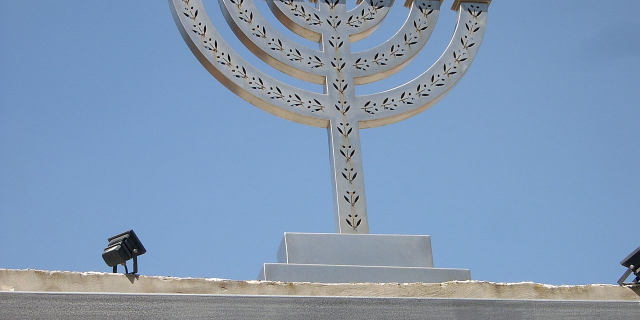










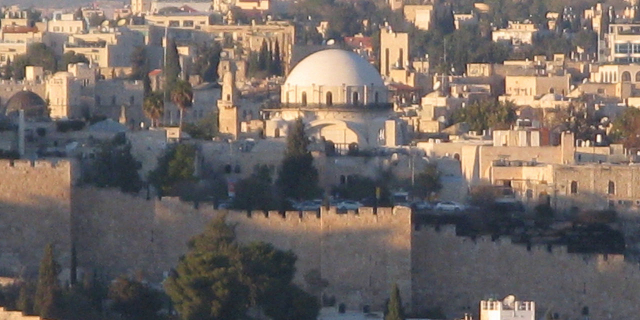

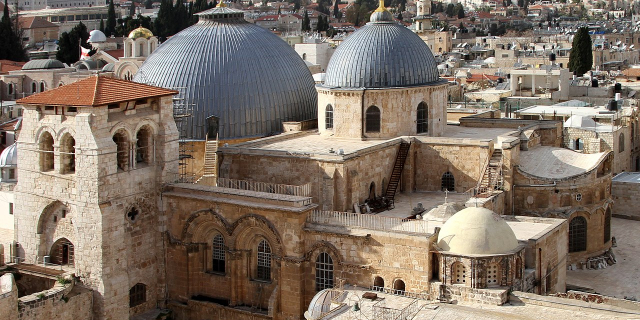
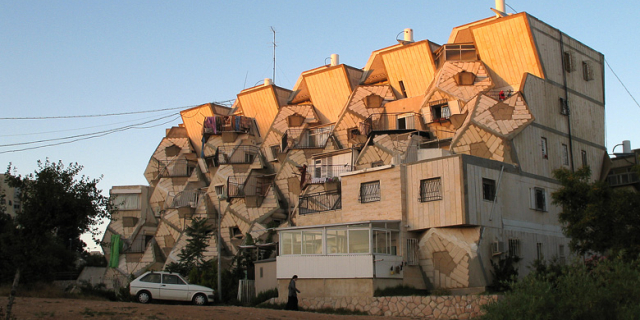

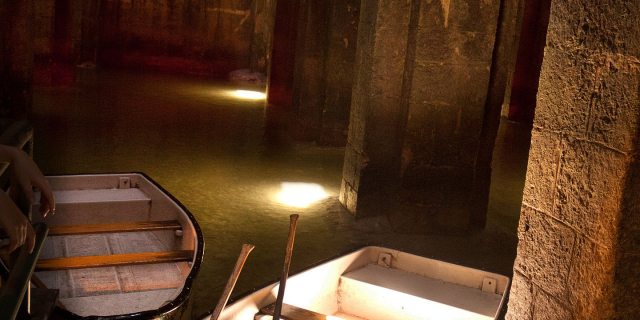

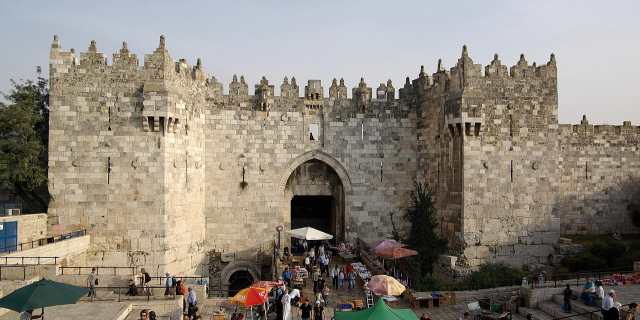
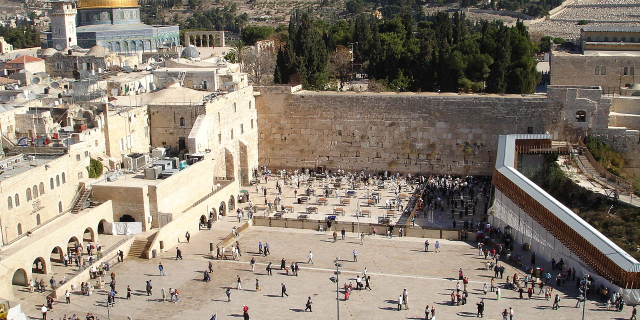
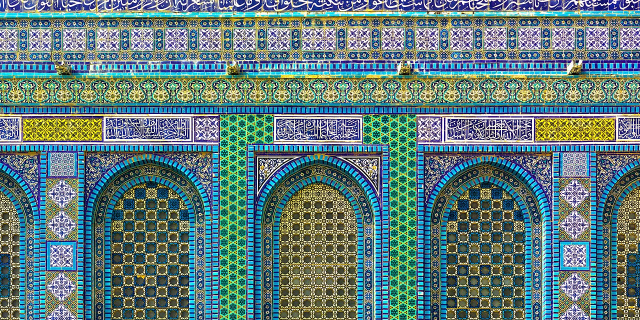

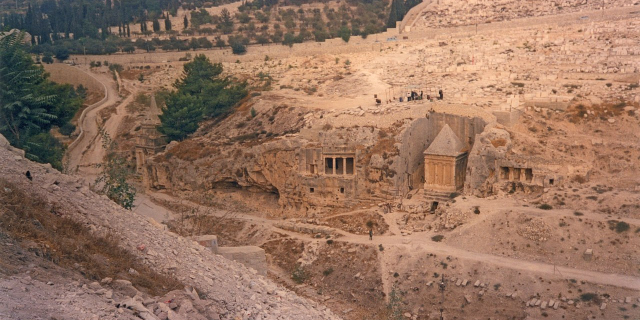

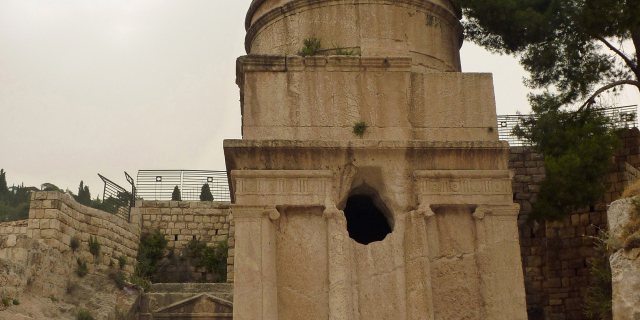



Add new comment